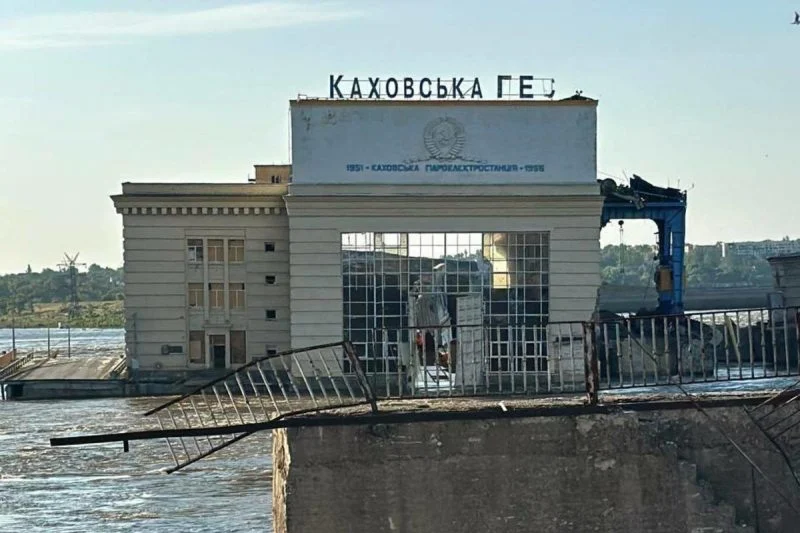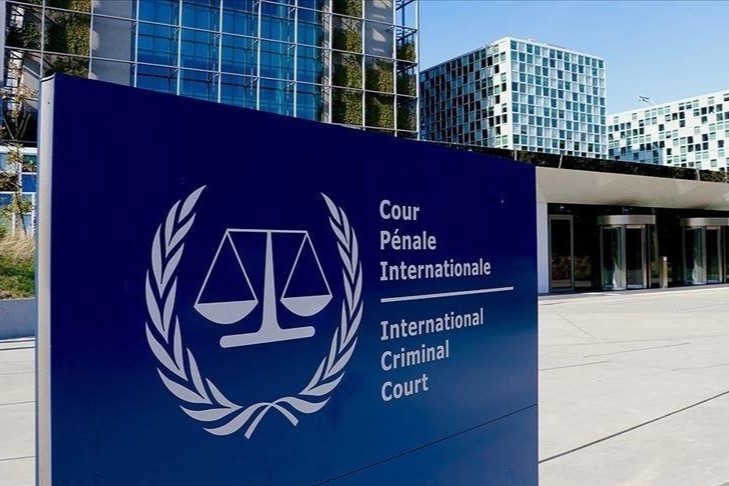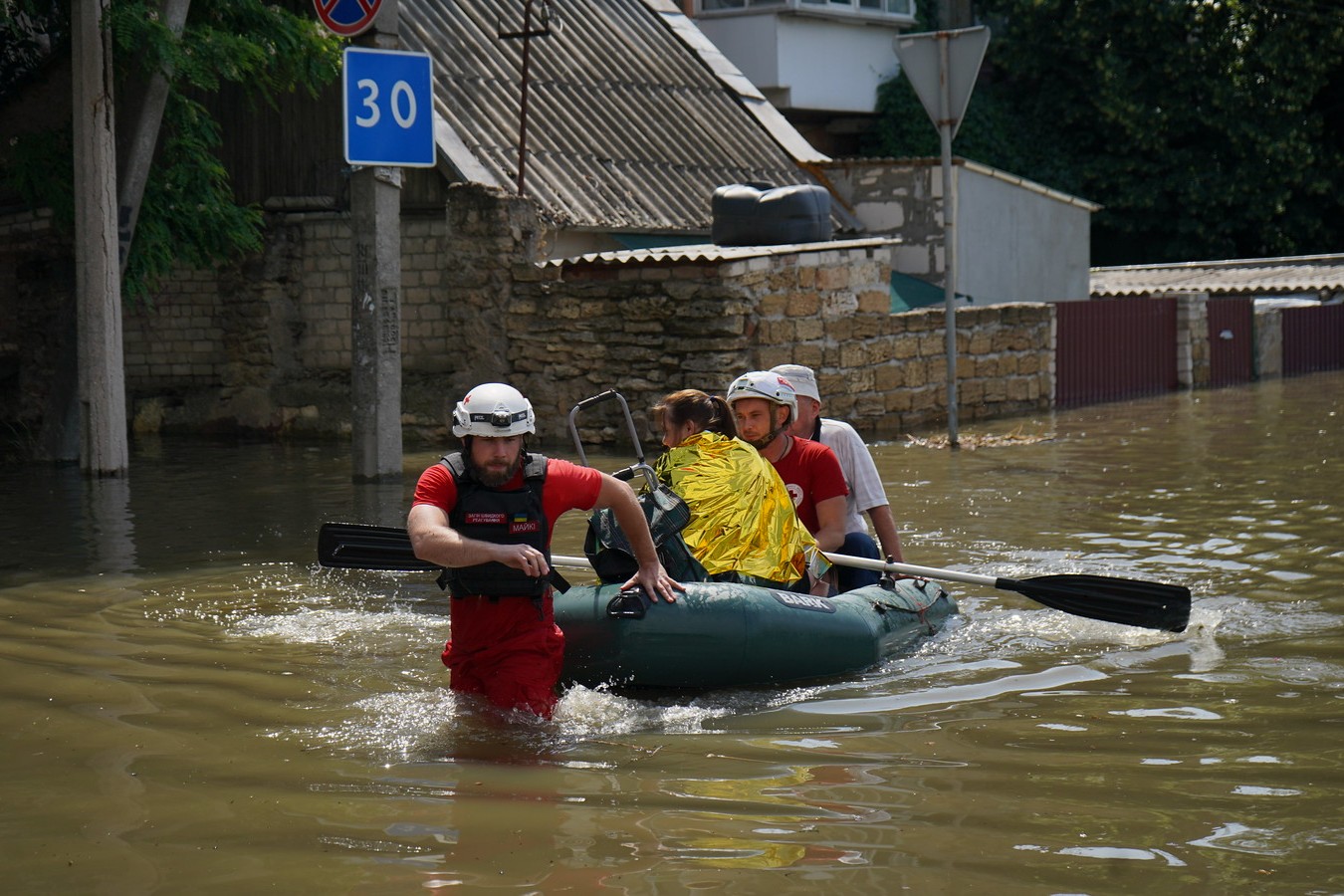Two Years Since the Kakhovka Dam Destruction: Why International Humanitarian Law Prohibits Attacks on Critical Civilian Infrastructure
Two years after the destruction of the Kakhovka hydroelectric power station dam, the Ukrainian Red Cross explains why such facilities are protected under international humanitarian law — and why ecocide is recognised as a war crime.
International humanitarian law requires strict adherence to the principle of distinction during armed conflict, meaning that attacks may only be directed at specific military objectives. In addition, installations and facilities containing dangerous forces are granted special protection and must not be attacked under any circumstances.
These facilities include nuclear power plants, dams, and other hydraulic structures, along with the personnel operating them. This is because their destruction or damage can lead to catastrophic flooding of populated areas and significant civilian casualties.
The protection of the environment and ecological systems during armed conflict is governed by customary international humanitarian law (IHL) and several international treaties, including:
- The Hague Convention (IV) respecting the Laws and Customs of War on Land (1907)
- Additional Protocol I to the Geneva Conventions of 12 August 1949
- Additional Protocol II to the Geneva Conventions of 12 August 1949
- The Convention on the Prohibition of Military or Any Other Hostile Use of Environmental Modification Techniques (1977)
Under the Criminal Code of Ukraine, ecocide is defined as: “Mass destruction of flora or fauna, poisoning of the atmosphere or water resources, as well as other actions that may cause an environmental catastrophe.”
At the international level, Article 8 of the Rome Statute of the International Criminal Court defines a war crime to include:
“Intentionally launching an attack in the knowledge that such attack will cause incidental loss of life or injury to civilians or damage to civilian objects or widespread, long-term and severe damage to the natural environment which would be clearly excessive in relation to the concrete and direct overall military advantage anticipated.”
The primary mission of the Ukrainian Red Cross is to prevent and alleviate human suffering during armed conflicts, natural disasters, technological accidents, epidemics, pandemics, and other emergencies, by supporting public authorities. In line with its statutory mandate, the Ukrainian Red Cross actively responded to the destruction of the Kakhovka hydroelectric power station, providing assistance to those affected and evacuating people from the danger zone.




